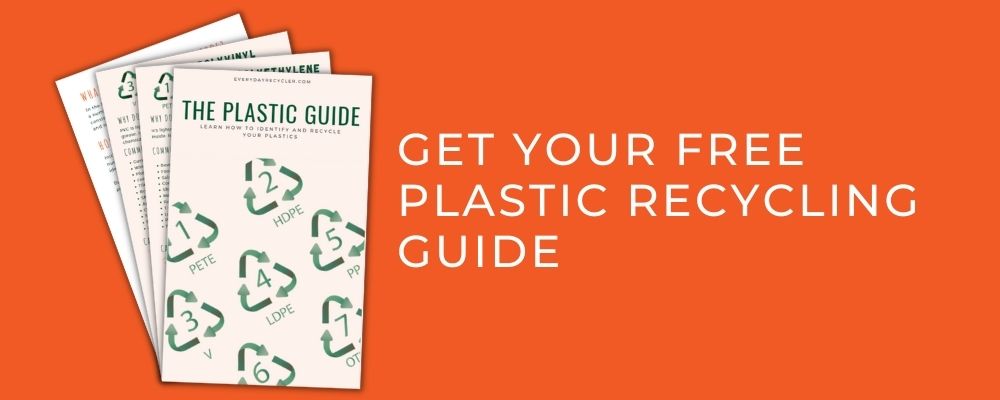Finding recycled shoe brands that are sustainable involves considering several factors that contribute to the overall environmental impact of the footwear. Below are some guidelines to help you make more sustainable choices when buying shoes:
Material Selection for Recycled Shoe Brands
Shoes are actually quite complex items. They consist of various parts and materials, each serving a specific purpose in the construction and functionality of the footwear. Below I list the key components and materials commonly used in shoe manufacturing:
- Upper – A shoe’s upper part covers the foot’s top and sides. The purpose of the upper is to provide support, breathability, and protection for the foot. It’s typically made from leather, synthetic fabrics (like nylon or polyester), or canvas (cotton or linen, which may or may not be coated with PVC).
- Insole – The insole, also known as the footbed or sock liner, is the interior component of the shoe that comes in contact with the bottom of your foot. It’s usually made of foam, cushioning materials, or fabric. The insole enhances comfort, absorbs shock, and provides arch support.
- Midsole – The midsole is the layer between the upper and the outsole. It is responsible for providing cushioning, stability, and shock absorption. The midsole is often made of materials like EVA (ethylene vinyl acetate) foam or PU (polyurethane).
- Outsole – The outsole is the bottom part of the shoe that comes into contact with the ground. It is designed for traction, durability, and protection against wear. Outsoles are commonly made of rubber, synthetic compounds, or materials designed especially for trail running or hiking.
- Heel – The heel is the raised part of the shoe’s sole at the back, providing elevation and stability. It can be made of various materials such as rubber, plastic, or stacked leather.
- Laces and Fasteners – Shoes with laces typically use cotton or synthetic laces, while other fastening mechanisms like Velcro straps or buckles may use nylon, plastic, or metal components.
- Adhesives – Adhesives bond the various parts of the shoe together. Water-based adhesives are increasingly preferred as more sustainable alternatives to solvent-based adhesives.
The specific materials used in shoes can vary depending on the brand, style, and intended purpose of the footwear. Sustainable shoe brands may incorporate eco-friendly materials, recycled components, or other innovative alternatives to traditional materials.
So what materials are good to look out for?
First opt for shoes that incorporate sustainable and eco-friendly materials that are biodegradable and renewable. Biodegradable means the material is “capable of being broken down into harmless products through the action of living things, like microorganisms” (Merriam Webster Dictionary). Renewable means the material is derived from natural resources that can be replenished or regnerated within a relatively short period.
Examples include:
- Bamboo – a fast-growing grass that can be harvested and regrown quickly.
- Cork – removed from the bark of cork oak trees in a way that does not harm the tree so it continues to regenerate bark.
- Hemp – a versatile plant that can be grown without the need for excessive water or pesticides.
- Organic Cotton: Organic cotton is grown without the use of synthetic fertilizers or pesticides.
Second, support brands that use recycled or upcycled materials in their manufacturing. This might be any of the following materials:
- Recycled plastic
- Recycled cork
- Recycled rubber
- Recycled cotton
Look for recycled shoe brands that use these materials in their design. There are so many working parts of a shoe that there are only a few examples where the shoes are made entirely of any of these materials. However, any use of biodegradable, renewable or recycled material in place of traditional materials is a move in the right direction.
Alternatives to Animal-Based Materials
In recent years several companies have specialized in creating leather-like materials without using animal products and with significantly less environmental impact. They focus on developing innovative alternatives that mimic the look and feel of traditional leather while being more sustainable. In addition, many materials are either renewable sources like mushrooms or cacti or utilize waste already being created, such as pineapple leaves or grape waste.
Here are some standout alternatives:
- Piñatex – Piñatex produces a material made from pineapple leaf fibers known as Piñatex.
- MuSkin – MuSkin, developed by GradoZero Espace, is a renewable and biodegradable material made from mushroom caps.
- Desserto – Desserto is a Mexican company that creates vegan leather from cactus plants.
- Mylo: Mylo is a lab-grown leather alternative created by Bolt Threads. It’s made from mycelium, the root structure of mushrooms.
- Leatherette – Vegea produces a material called Leatherette, which is made from grape waste, such as grape skins and seeds.
These innovative materials showcase the potential for non-animal leather alternatives, contributing to a more compassionate and sustainable future for the fashion industry.
Find more stories about food waste being turned into new materials here.
Check Certifications and Labels
Look for recycled shoe brands that carry recognized sustainability certifications or labels, such as the Bluesign certification, the Global Recycling Standard or the Global Organic Textile Standard (GOTS) label. These certifications ensure that the product meets specific environmental and ethical standards.
You can learn more about sustainable or eco certifications here.
Look for Durability and Quality
Choose shoes that are well-made and durable. Investing in high-quality footwear that can withstand daily wear and last longer reduces the need for frequent replacements, thus minimizing waste.
How can you tell if a recycled shoe brand makes durable and long-lasting shoes?
Here are several steps you an take to make an informed assessment:
- Read Product Descriptions: Start by carefully reading the product description provided by the seller or manufacturer. Look for details about the materials used, manufacturing processes, dimensions, and any specific features or specifications mentioned.
- Check Customer Reviews: Customer reviews can provide valuable insights into the quality and performance of the product. Look for reviews from verified purchasers and read both positive and negative feedback to get a balanced understanding. Pay attention to comments about durability, functionality, and overall satisfaction.
- Research the Brand: Conduct some research to learn about the brands reputation and track record. Look for information about their commitment to quality, customer service, and any certifications or awards they have received.
- Consider Price and Value: While price alone does not guarantee quality, it can be an indicator. Consider the product’s price in relation to similar items on the market. If the price seems unusually low, it may raise questions about the quality or authenticity of the product.
- Look for Product Images: Examine the product images closely, if available. Zoom in to see details and finishes. Multiple high-resolution images from different angles can provide a better understanding of the product’s construction and overall quality.
- Check Return and Warranty Policies: Review the seller’s return and warranty policies to understand what recourse you have if the product does not meet your expectations or if there are any issues with its quality. A reputable seller should have clear and fair policies in place.
- Seek Additional Information: If you have specific concerns or questions about the product’s quality, reach out to the recycled shoe brand. They should be able to provide more information or clarify any doubts you may have.
Ethical Manufacturing
Consider brands that prioritize ethical manufacturing practices. Look for companies that provide fair wages, safe working conditions, and transparency in their supply chains.
To establish an ethical supply chain, a brand must prioritize responsible sourcing, manufacturing, and distribution practices throughout its entire supply chain. Look for signs that the brand supports their workers with photos and videos of suppliers’ factories. This should include fair labor practices like fair wages, reasonable working hours, access to benefits, and compliance with labor rights and regulations.
Try to see if the brand establishes transparency and traceability within its supply chain. Maybe they describe and list their suppliers, ensuring visibility into the origins and processes of raw materials and components used in their product.
Look for certifications like Fair Wear, Bluesign, Responsible Down Standard or the Global Organic Textile Standard.
Research Brands' Sustainability Efforts
Take the time to research and support brands with strong sustainability commitments. Look for information about their materials, manufacturing processes, environmental initiatives, and social responsibility practices.
For more information take a look at the materials section above for the types of materials to keep an eye out for.
Eco-friendly packaging
Shoes are typically packaged in boxes, wrappers, and other materials that contribute to packaging waste. The excessive use of single-use plastics and non-recyclable packaging materials adds to the overall waste generated by the footwear industry.
Consider what sort of packaging recycled shoe brands use. If they are serious about minimizing their impact, they should first reduce their packaging to only what is necessary. The second is to use recycled materials that already use waste materials and help to create a market for recycled materials. This might be recycled cardboard or plastic. They may also use biodegradable materials.
Search the brand’s website to see if they state what sort of packaging they use. You can also search through reviews and comments to see what others may have written about the brand’s packaging. Failing that reach out to the brand via email before you make your purchase to be sure.
Other Kudos
Look out for other things the brand may do to be more socially and environmentally responsible.
- They might engage in community development initiatives.
- Maybe they get involved in beach clean-ups or other similar community-based activities.
- For each purchase, they might support a healthy environment by planting trees or cleaning up the ocean.
- They may contribute positively to the welfare of workers by offering support over and above what is expected.
By considering these factors when seeking out recycled shoe brands you can make more informed choices. You can select shoe brands that align with your sustainability values and contribute to a more eco-friendly and responsible footwear industry.
Find Great Recycled Shoe Brands
Find some great examples of recycled shoe brands in these other articles:
Learn How to Recycle Your Old Shoes
Although shoes are hard to recycle, there are many programs that will take them. First, they will try donating them if they are in good condition then many programs will actually ensure they get recycled.
Learn more in What to Do With Old Shoes














